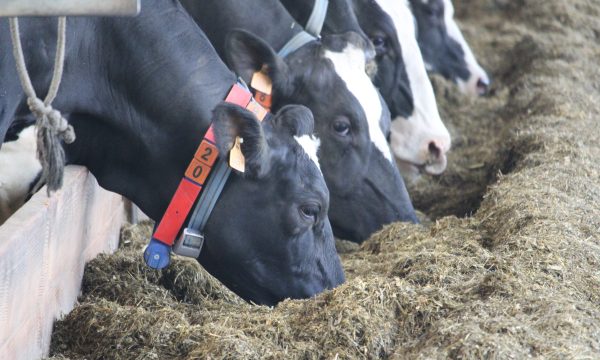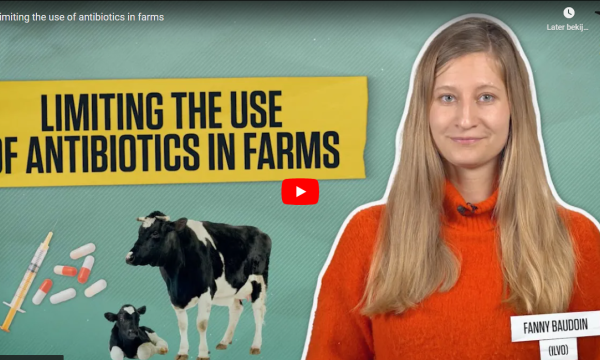Project news Antibiotic use in dairy cattle halved by quick test at dry-off
Although dairy farming is not a major user of antibiotics, the sector is committed to further reducing their use. When dairy cows are dried off at the end of lactation, the number of antibiotic udder tubes sold decreased to less than 4 per cow (BelVet-SAC report figures Belgium, 2022). Reasoned and selective use of these udder tubes is an important basis for this. ILVO investigated whether germ detection in the milk with rapid tests could further refine this selective use. To this end, a new protocol for selective dry mounting was started at the company's own pilot farm in early 2023. After one year, the use of antibiotics during dry-off appeared to be halved, while the number of mastitis cases and the tank cell count remained at a similar level.
Rapid testing and selective dry-off
The VLAIO project 'On Practice Culture' investigates whether non-serious clinical udder inflammation (mastitis) in dairy cows can be treated selectively. With rapid tests, the germs in milk samples can already be determined after 18 to 24 hours and, based on the result obtained, the cow is treated or not with antibiotics. As part of this project, the ILVO dairy farm also tested whether rapid testing could help with dry-off. By default, it is already decided per cow how she will be put dry based on mastitis cases in the past and udder health in the last months of lactation. Thus, cows without udder problems are already often dried-off without antibiotics. ILVO tested whether this treatment strategy can be further refined with rapid tests and developed a new protocol for this purpose.
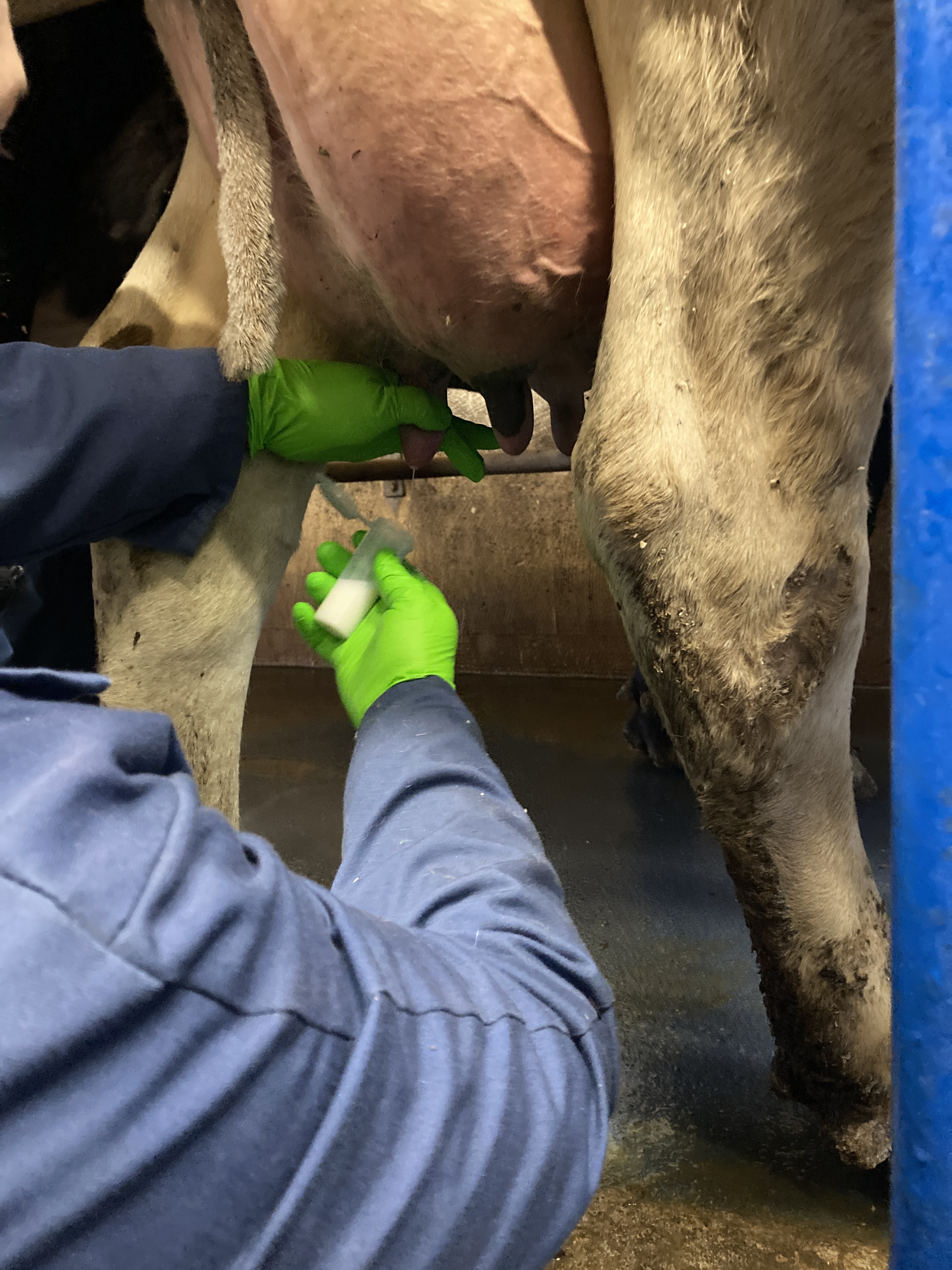
New protocol
Specifically, a milk sample is taken from all udder quarters for each cow one week before drying-off. That sample is tested for elevated somatic cell count, which may indicate udder inflammation. For cows with elevated somatic cell counts, a rapid test is used to detect and identify the germs. If there is no bacterial growth or it is a less dangerous bacterium, the cow continues without antibiotics. If there is contamination with several species or dangerous bacteria, then the cow is dried-off with antibiotics.
Cows with a history of udder inflammation, despite negative samples, are routinely dried-off with antibiotics. Indeed, the test to detect an elevated somatic cell count in milk samples proved insufficiently sensitive to detect udder quarters with slightly elevated somatic cell counts. This led to a slight increase in the number of mastitis cases and the average tank cell count during the 2023 test year at the ILVO dairy farm, after which the protocol for cows with a risky history was adjusted again.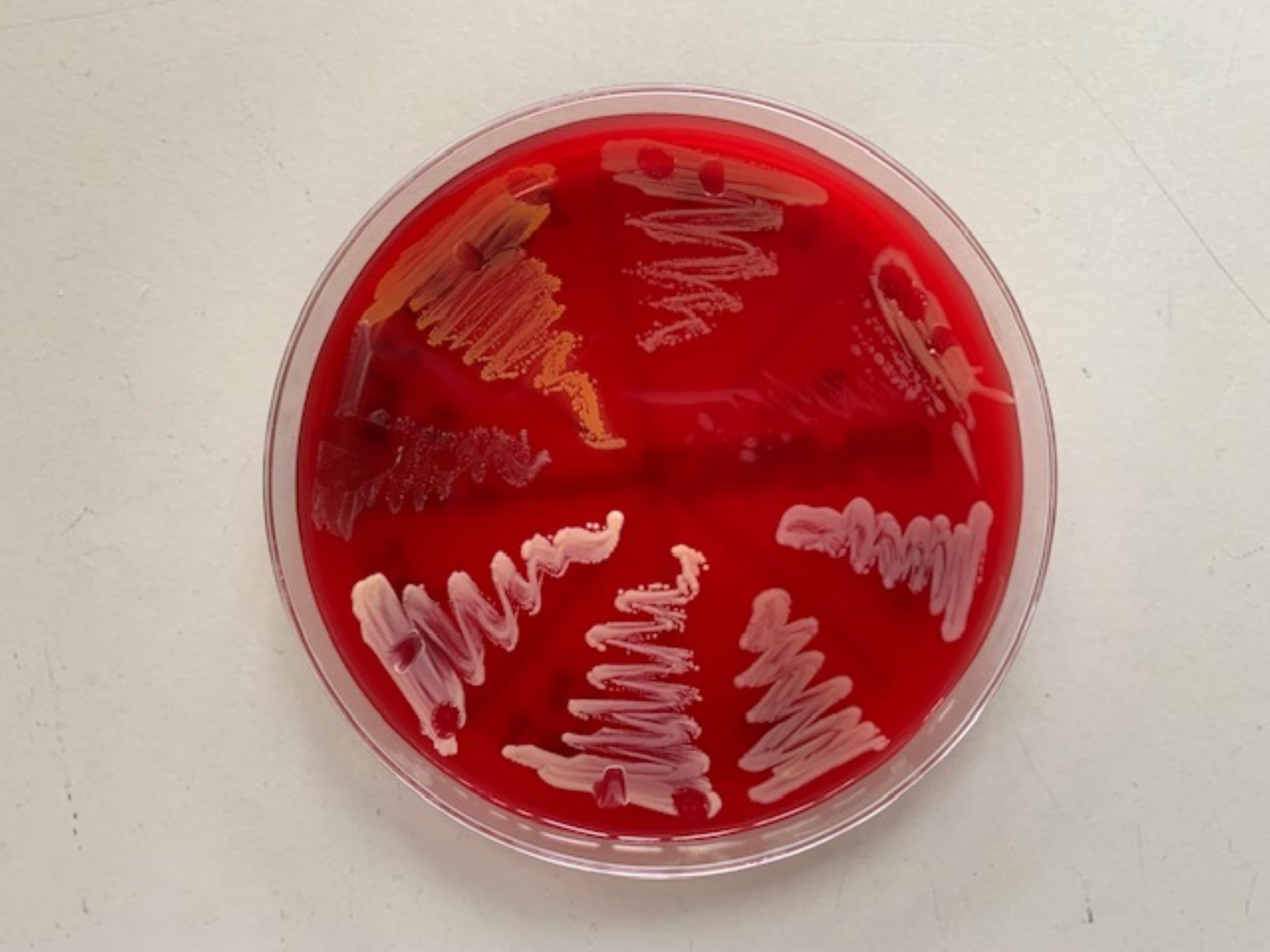
Antibiotic use drops dramatically
After one year of selective drying-off after germination detection, the use of antibiotics during drying-off on the ILVO dairy farm appears to have decreased dramatically. Compared to the average consumption of udder tubes with antibiotics in the years 2020 - 2022, their consumption in 2023 was about 50% lower.
Matthieu Frijlink of the Animal Husbandry Information Center: "Always follow the advice based on past mastitis cases and udder health in the last months of lactation. Then use the rapid tests to refine the treatment down to the quarter level. Thus, germ detection through rapid testing allows even more selective drying off without antibiotics without adversely affecting cow health."Practice required
The VLAIO project "On Practice Culture" is also investigating how correct germ detection can be smoothly organized. After all, detection must be carried out quickly but also correctly. Taking and processing the milk samples requires a lot of technical knowledge and sufficient routine in performing the various actions is certainly recommended. Practical experience shows that, even after thorough training, a lot of practice is needed to generate sufficiently useful results. Processing the samples in the veterinarian's office will therefore in many cases produce the best results.
Great potential
A properly established and implemented protocol for responsible selective dry-off using rapid testing can further reduce antibiotic use in dairy farming without affecting cow health or milk production. Proper training and secure approaches to milk sampling increase the reliability of the rapid test. Collecting milk samples from multiple dairy farms and processing them centrally in a veterinarian's office seems an appropriate way to achieve good results.
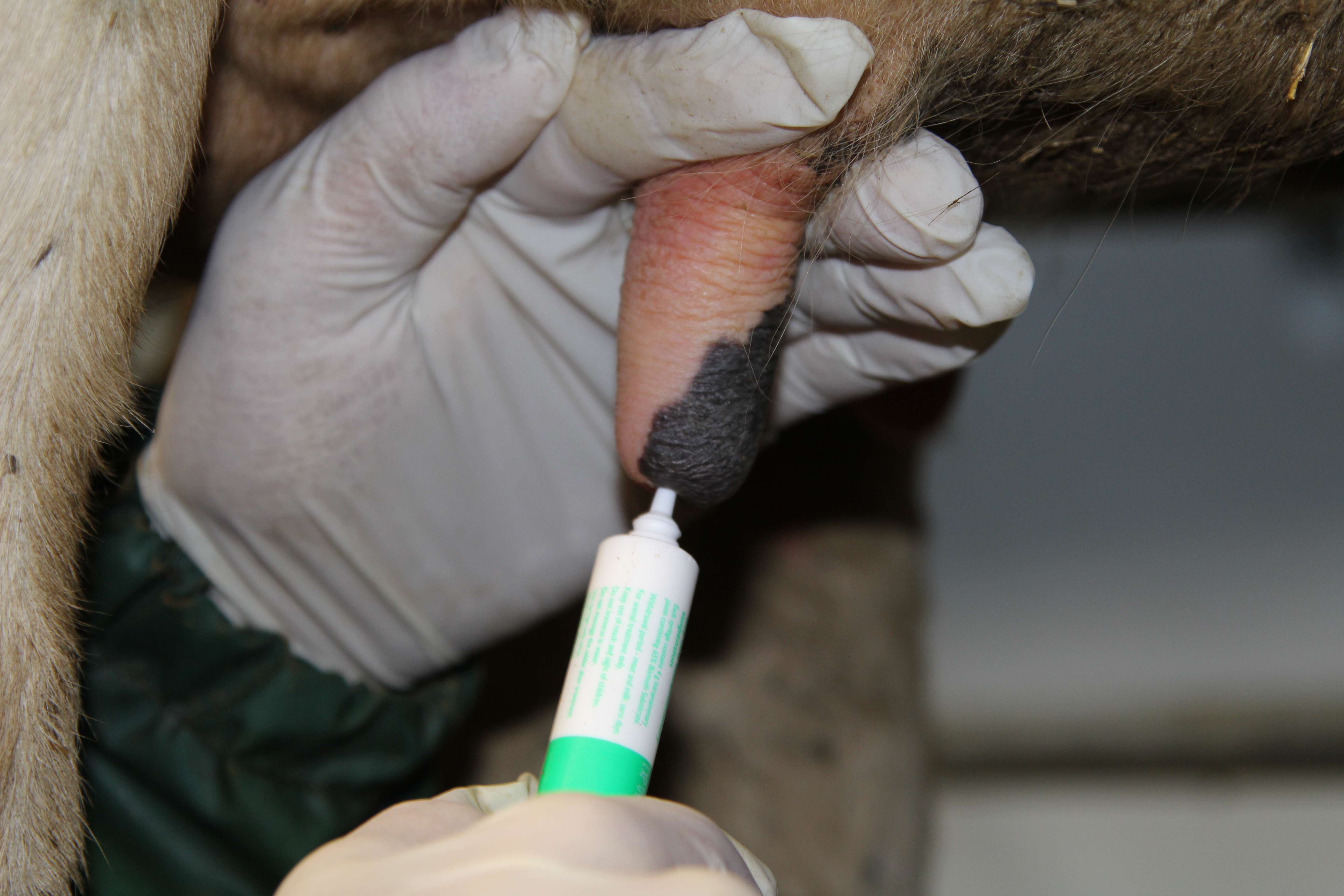
More info: Selectieve treatment of non-dramatic clinical mastitis
Partners and funding – VLAIO On Practice Culture

Happening at ILVO (in Dutch)
On Tuesday, May 28, ILVO is organizing its own pop-up summer bar: the Dairy Cattle Café! The place for everyone active in dairy farming to gain targeted and efficient knowledge about the hot topics in dairy farming. After all, in addition to a snack and a drink, the visitors' minds are also fed!
